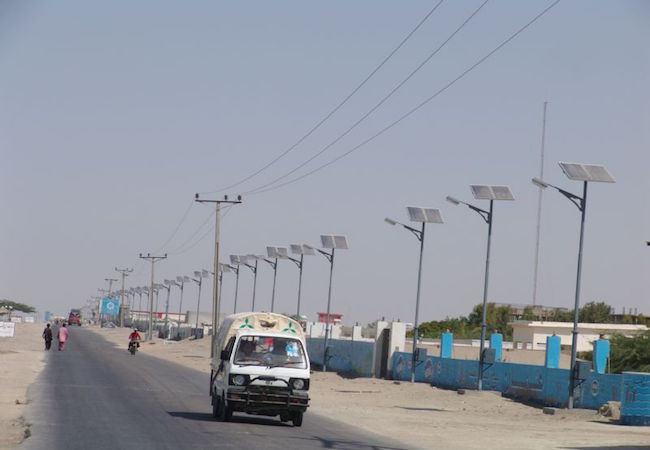
By Shahzadi Tooba Hussain Syed
Pakistan’s parliament is now the first parliament in the world to be completely powered by solar energy. Chinese government provided the assistance in supporting the solar project. The solar panels in the house generate 80 MW of electricity, 62 MW of which are consumed by the National Assembly and 18 MW are contributed to the national grid.
The first ‘Net Metering’ license in the country was also issued to the National Assembly by the National Electric Power Regulatory Authority. A Net Metering system helps in delivering and adding surplus production of energy to the national grid. The project is also environment friendly because it reduces emissions of hazardous gases.
The solar project was launched by Chinese President Xi Jinping and Prime Minister Nawaz Sharif during the former’s visit to Pakistan last year. Even though the Israeli parliament also generates its own solar power but only 10 pc of its energy needs are met through solar electricity.
Another big project was The Quaid-e –Azam Solar Park. The first 100 MW project was owned 100% by the Quaid e Azam Solar Power Pvt. Ltd, 100% owned by the Government of Punjab. The project was purely in IPP mode and the financing was obtained from a local bank the Bank of Punjab. The turnkey contractor for the project is TBEA Xinjiang Sun Oasis Co. Ltd. The installation of the plant was completed within a record time of 3 months (Nov 2014 to Jan 2015), and it is currently under testing and commissioning.
The 100 MW solar power plant consists of the PV area and a 100 MVA substation. The electrical output is being connected to a 132kV transmission line that runs through the Solar Park. Currently the transmission line has a capacity of up to 400 MW and the utility company is in the process of upgrading its capacity to 1,000 MW.
The project started generating 100 MW of power in April 2015 and 1,000 MW by the end of 2016. The project comprises 400,000 solar panels and was built for a cost of about $131 million. Once completed, the project will generate more than the current 550 MW installed capacity in the Topaz Solar Farm and the Desert Sunlight Solar Farm in California. The project’s expected completion in 2016 would make it the largest photovoltaic power station.
The government has invited investors to invest here for the balance 900 megawatts, in which several local and international companies will establish projects. Several domestic and international investors have been granted LOIs to start the process of establishment of solar plants on IPP (independent power producer) basis.
The Government of Pakistan announced a new upfront feed in tariff for solar power plants in January 2015, where the investors will be able to sell electricity to the national grid at between 14 to 15 US cents per kWh. The announcement of this tariff and the completion of the first 100 MW at Bahawalpur has caused a great interest on the part of investors.
Pakistan aims to reduce its reliance on hydrocarbons, especially imported coal, oil and gas, to around 60 per cent by 2025 from the present 87pc. The country has a target to produce 10pc of its total energy mix from renewable sources (excluding hydro-power, which already constitutes 15pc of the total energy mix). The current generation from renewable energy is around 1-2pc.
While Pakistan contributes less than 1pc to global Green House Gas (GHG) output, the country’s carbon emissions are growing by 3.9pc a year. Climatologist Qamar-uz-Zaman Chaudhry, the UN secretary general’s special advisor for Asia with the World Meteorological Organisation (WMO) said that “by 2020 it will spew out 650 million tonnes of Co2e (carbon dioxide equivalent) if the current trend continues.
Meanwhile an energy conservation bill has been presented in parliament day before yesterday, and that bill got severe criticism. One of the reasonable view was “On the face of it, it’s a good initiative, but, it seems the government is only interested in the passage of the bill rather than its actual objective.”




